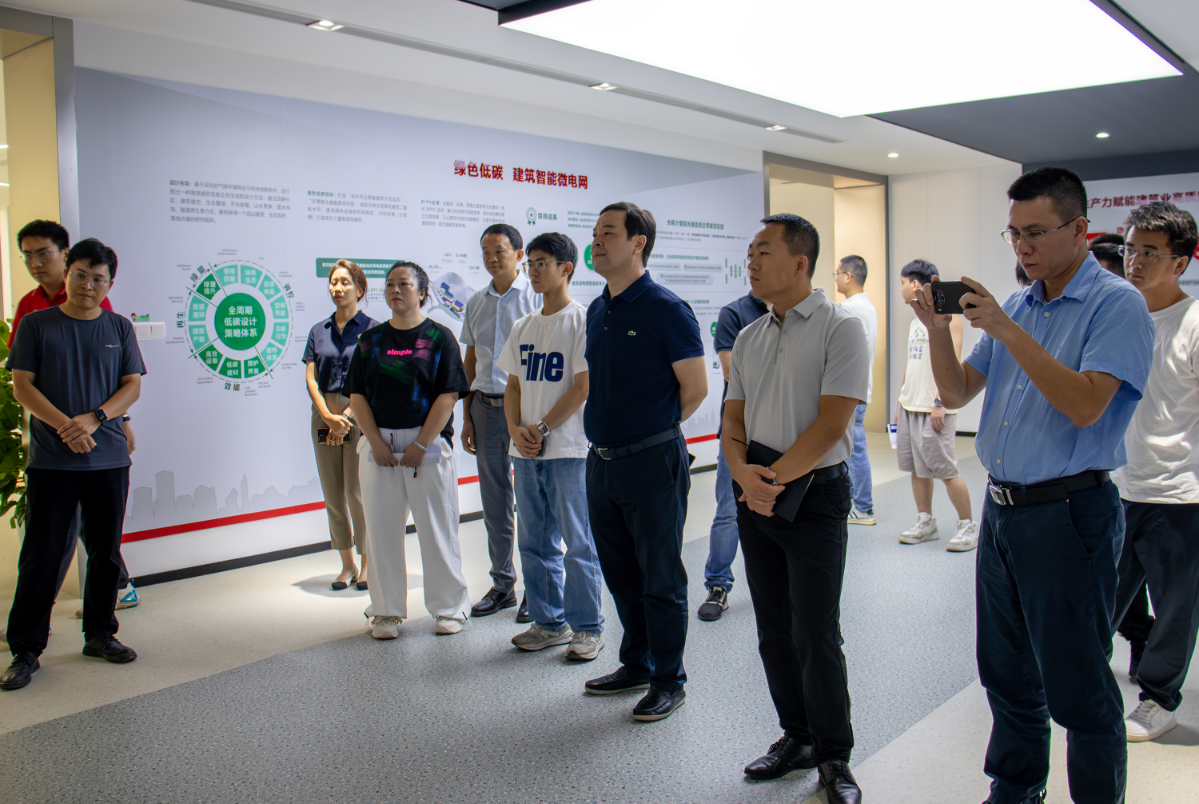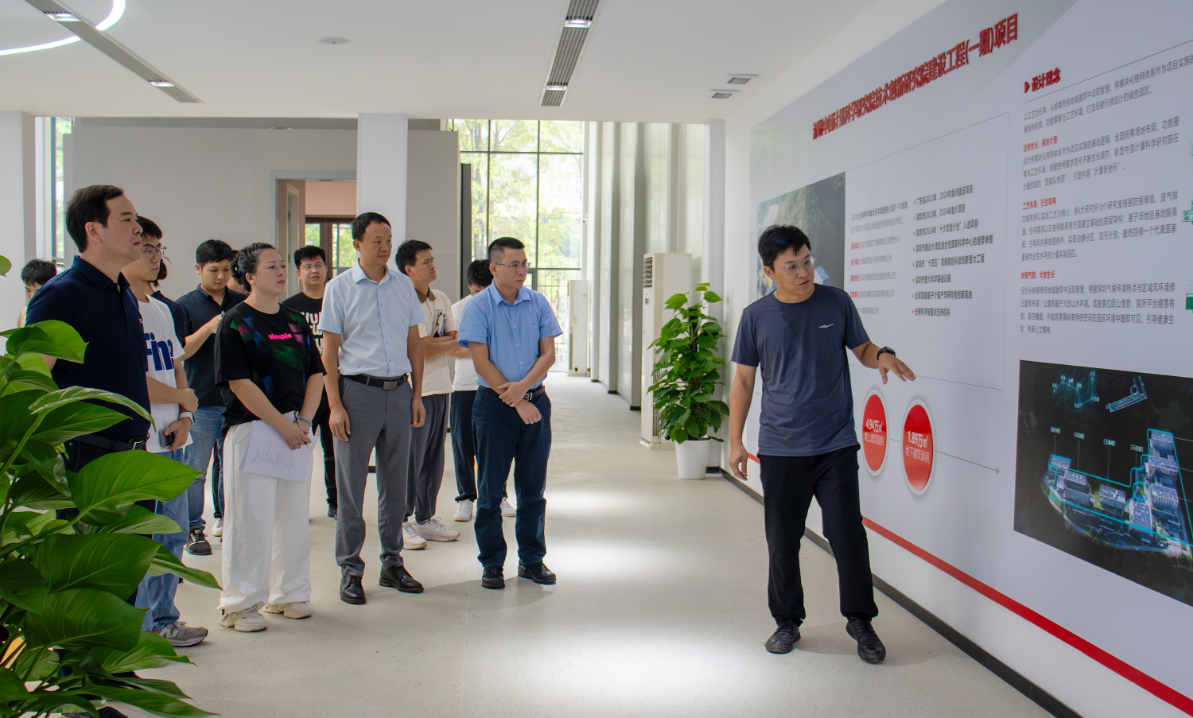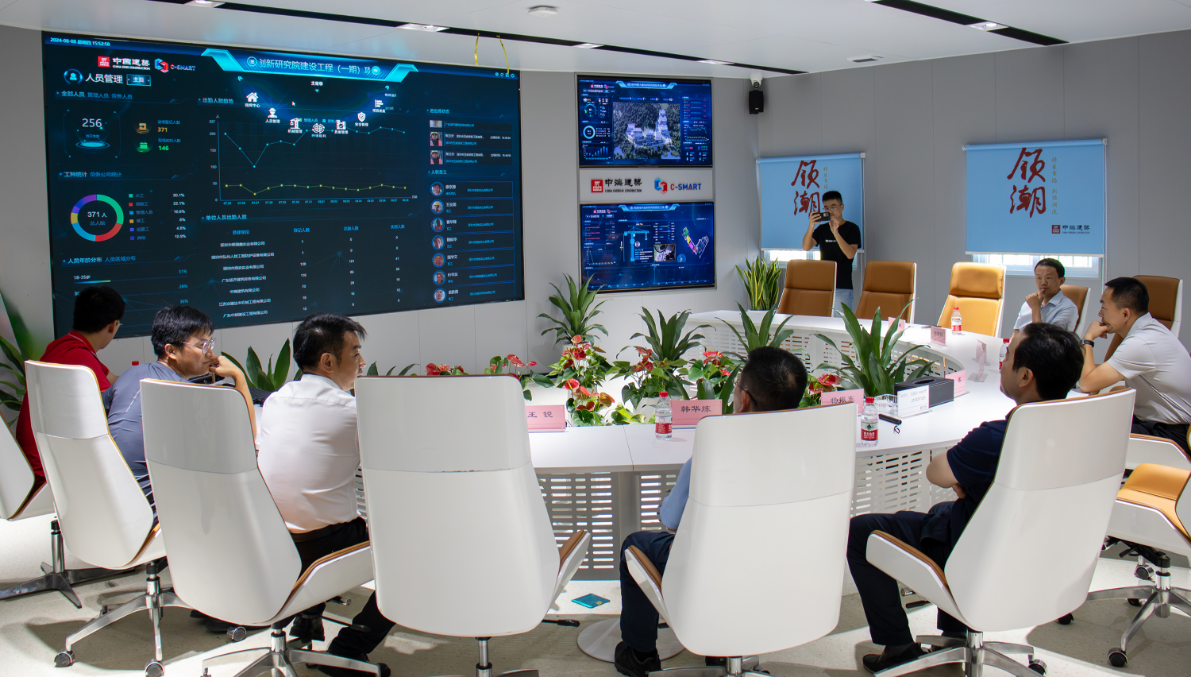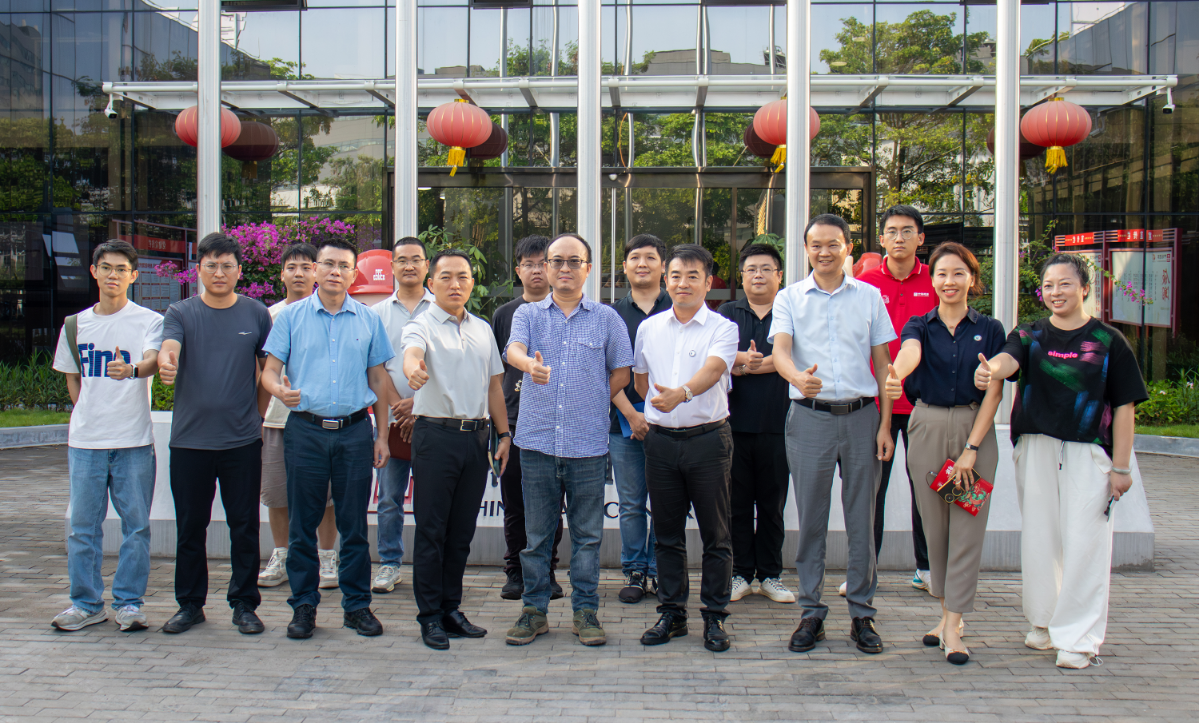
At the event, Yong Xingchun, Chairman of Shenzhen Yaorong Technology Co., Ltd., delivered a comprehensive presentation on the "PV-Storage-DC-Flexibility" smart building microgrid technology. He elaborated on the key components and performance characteristics of equipment required for constructing intelligent building microgrids. Additionally, he showcased the company’s green power PV-storage solutions and smart lighting control systems , highlighting their practical applications in building low-carbon, smart microgrids for urban lighting infrastructure.

Wang Hui, President of the Shenzhen Power Distribution Equipment Industry Association , presented the architectural framework of the distributed smart building microgrid and analyzed the project’s actual operational economic and electrical data from July . The analysis demonstrated that the full integration of "PV-Storage-DC-Flexibility" elements in this project achieved over 25% greater carbon reduction compared to conventional projects, while significantly improving transformer capacity utilization and enabling effective "peak shaving and valley filling" .
President Wang further elaborated on the economic and technical feasibility of implementing smart building microgrids within power transformer zones , highlighting their scalability as a replicable model. He emphasized that such microgrids serve as the most grid-friendly controllable loads for future urban virtual power plants (VPPs) . Moreover, they represent a key component of Shenzhen’s Carbon Peak Implementation Plan , which targets 1.5 million kilowatts of adjustable load capacity , playing a critical role in the city’s long-term energy transition strategy .

Relevant departments of Shenzhen Municipality and Guangming District , along with the Innovation Research Institute of the National Institute of Metrology of China , conducted an in-depth review of the technological achievements of the "PV-Storage-DC-Flexibility" smart building microgrid . They commended its contribution to energy conservation and carbon reduction in the field of "green construction."
The meeting explored proposals to include temporary buildings in Guangming District’s green building assessment and incentive system , as well as suggestions for green performance metrics , such as the share of renewable energy consumption and the steepness of electricity demand curves .
This event supports Shenzhen’s efforts to implement "dual control of energy consumption" in construction scenarios and promotes the effective execution of the "National Carbon Peak Pilot (Shenzhen) Implementation Plan" in this sector.









